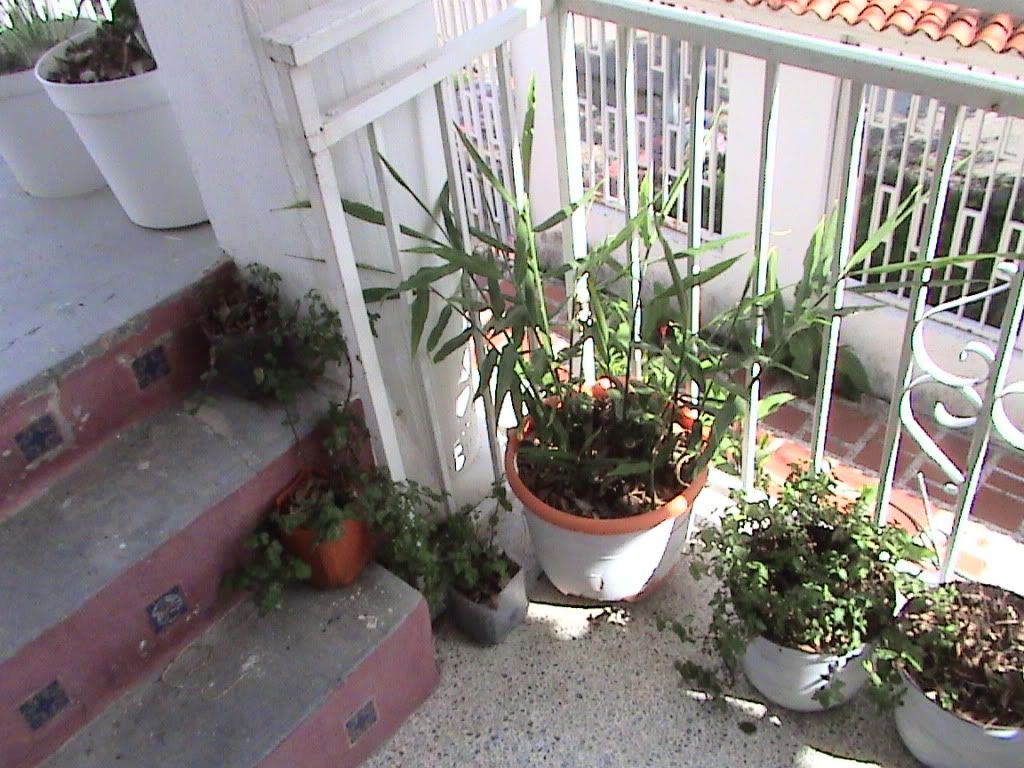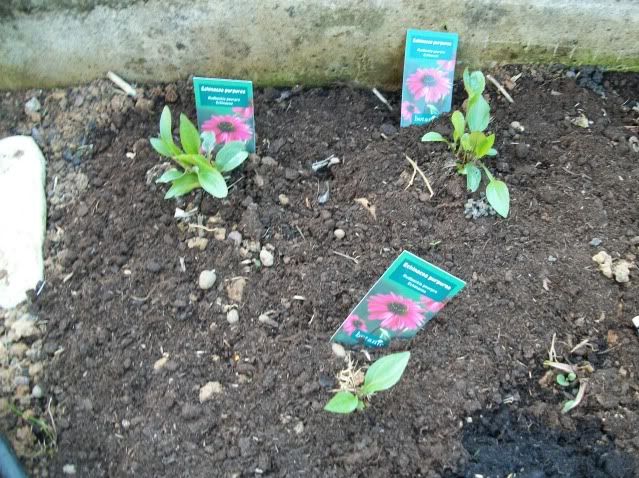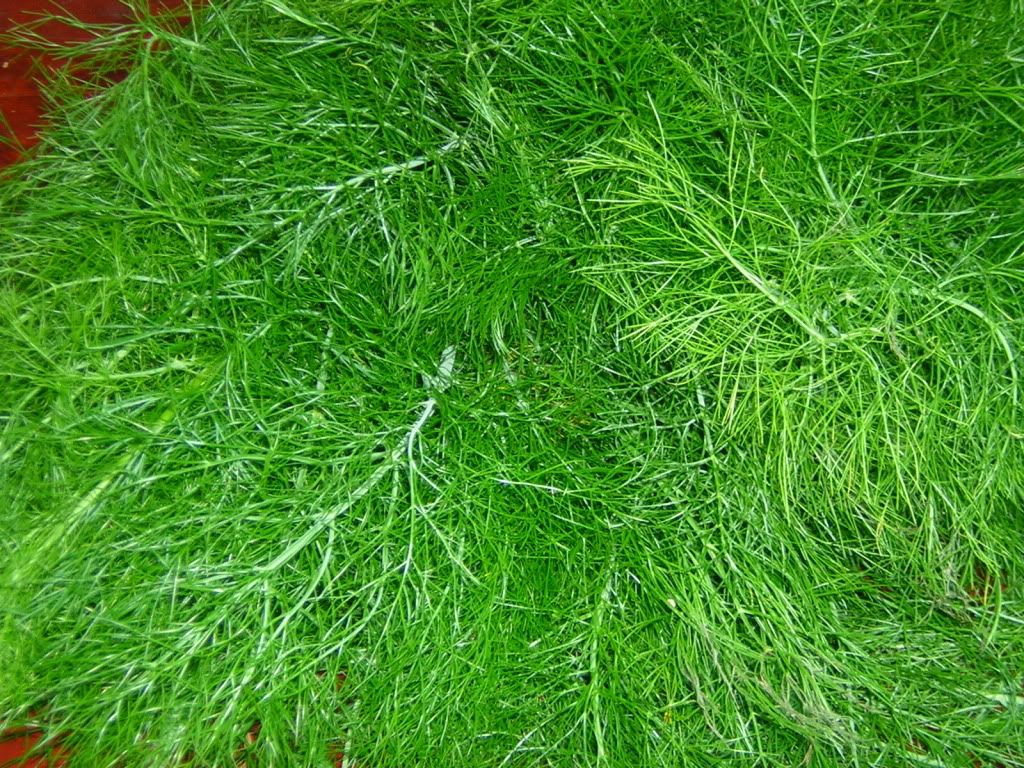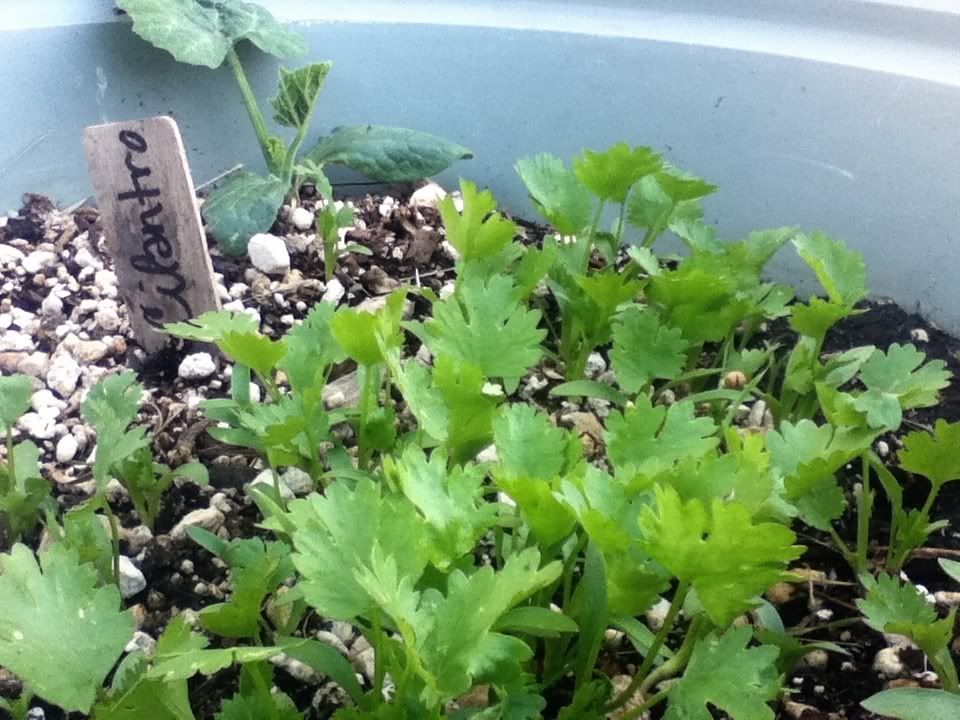Ginger is a perennial herbaceous. It grows well in zones 9 - 11. Ginger will make a nice houseplant or container herb on a patio in nontropical climates. Now, in a tropical garden, ginger should be planted as an understory plant, because it prefers to have partial to full shade. It prefers to have a rich, loamy and well-worked soil that needs to be kept evenly moist. Ginger will grow from 3 to 4 feet tall.
Ginger is a shade-loving plant, ginger grows in hot, moist, tropical regions.
Spikes are clad in waxy, yellowish, green flowers that has some purple on the tip. Ginger rarely flowers under cultivation.
Ginger are propagate by planting the rhizomes. They grow in 'sections' that can be broken apart easily, at the joints. The eyes which are called buds, look on each section, plant a rhizome with the eyes facing up toward the soil surface. The rhizomes need to be planted 1 to 2 inches below the surface of the soil, about 15 inches apart. Ginger rarely produces seeds, and when the seeds do form they are sterile. Ginger grows mainly in clump and spreads slowly by rhizomes. Ginger requires a great amount of water.
Ginger is a great container herb that grows well indoors in indirect light. Ginger will also do good on a nicely on a protected shaded patio. It grows real good with nasturtium, turmeric, and gotu kola in a shady container garden.
Harvesting times will depend on how the ginger will be used. If the ginger is going to be used fresh, the ginger rhizomes will be harvest between 4 to 7 months of age. The older ones 7 to 9 months which are more pungent, and less fleshy rhizomes are harvested for dried preparations.
If the fresh ginger is finely grated over rice and steamed vegetables, the food will be tasty. The dried ginger can be finely or coarsely ground in a spice grinder and then used in cookie recipes, such as gingersnaps, and oatmeal cookies.












